On assignment for The New York Times, Ducke travelled to one of Russia’s new military outposts in the Arctic where he witnessed an awakening of activity.
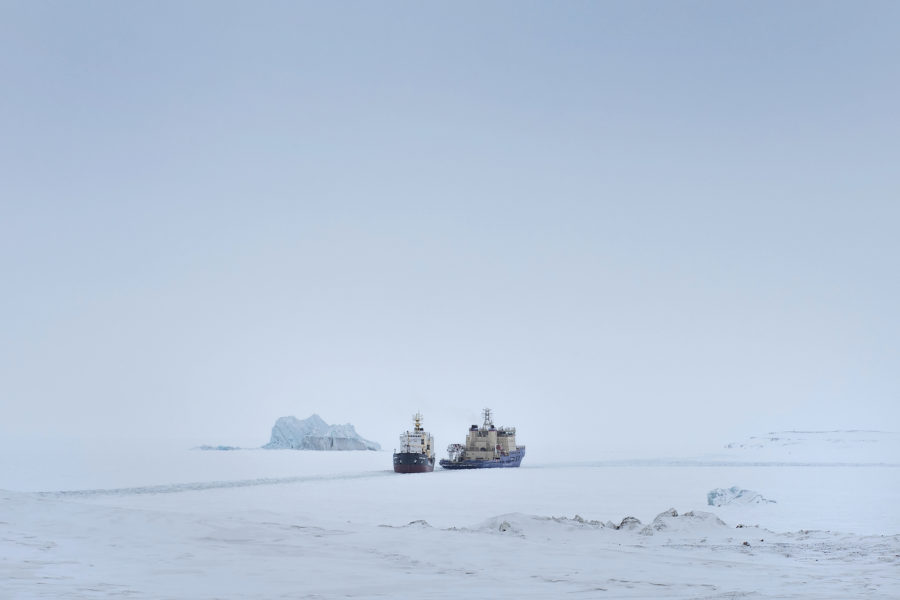

On assignment for The New York Times, Ducke travelled to one of Russia’s new military outposts in the Arctic where he witnessed an awakening of activity.
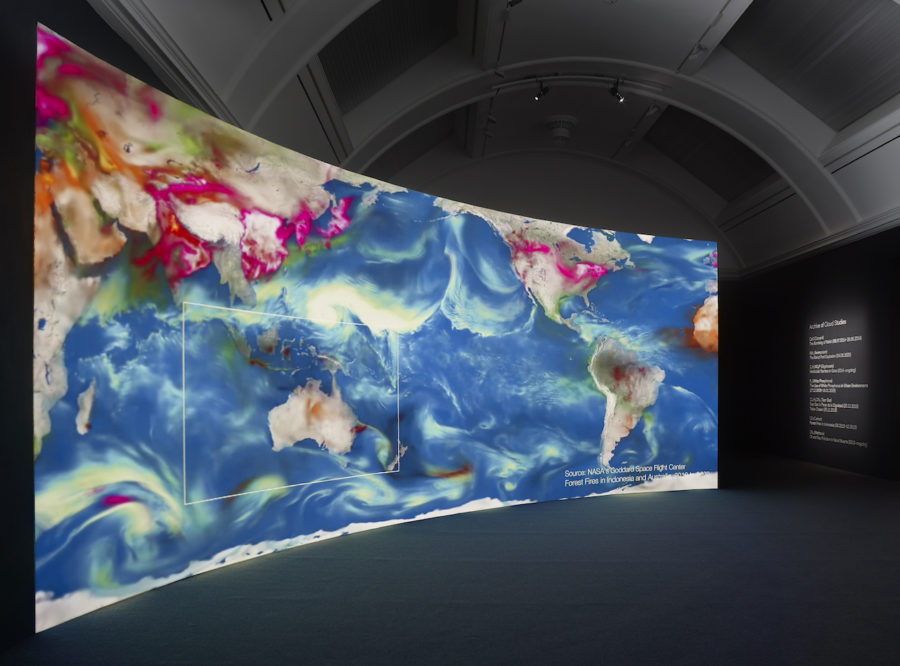
Investigating state and corporate weaponisation of air, the London-based research agency delivers a message of hope through solidarity and accountability
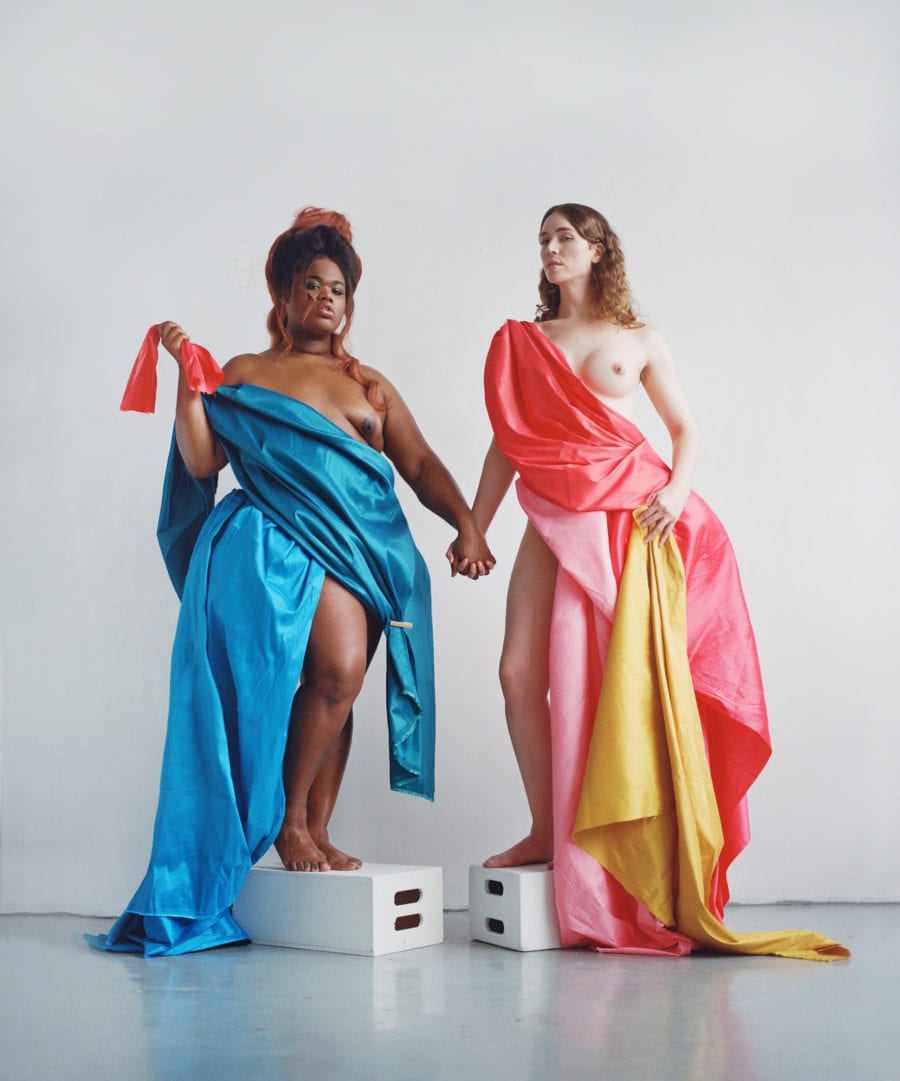
Off the back of photographing Joe Biden and Kamala Harris for TIME, the Spanish-Mexican-Colombian photographer discusses her practice.
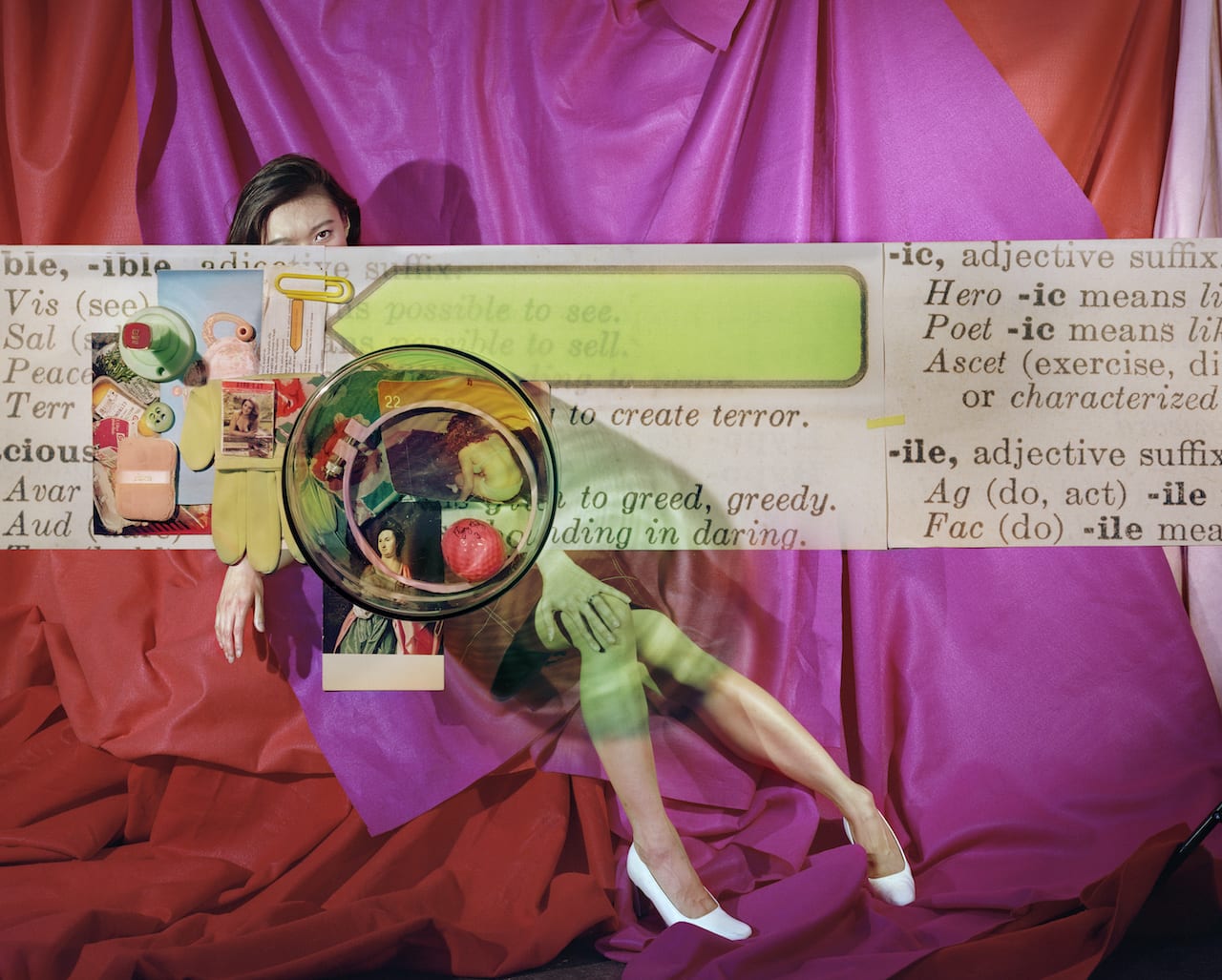
Discovered objects and images play a vital role in the work of Vancouver-born, Brooklyn-based artist Sara Cwynar. Her practice blends collage, still life and portraits in photographic and filmic forms, incorporating material sourced on eBay, or at flea markets and the like. So when the opportunity arose to hold an exhibition at the Minneapolis Institute of Art last autumn, followed by a show at Milwaukee Art Museum this spring, it seemed a serendipitous moment to unearth works incorporating items from an archive close by.
“Some of the pictures that I’ve used as source material over the years came from an eBay seller who bought the archive of an old photo studio in Milwaukee,” she explains. “I think it was operational from the 1950s to the 1970s or so, and it closed down a long time ago. I like that they tie in to the location; I have repurposed some of the negatives from that for this show.”
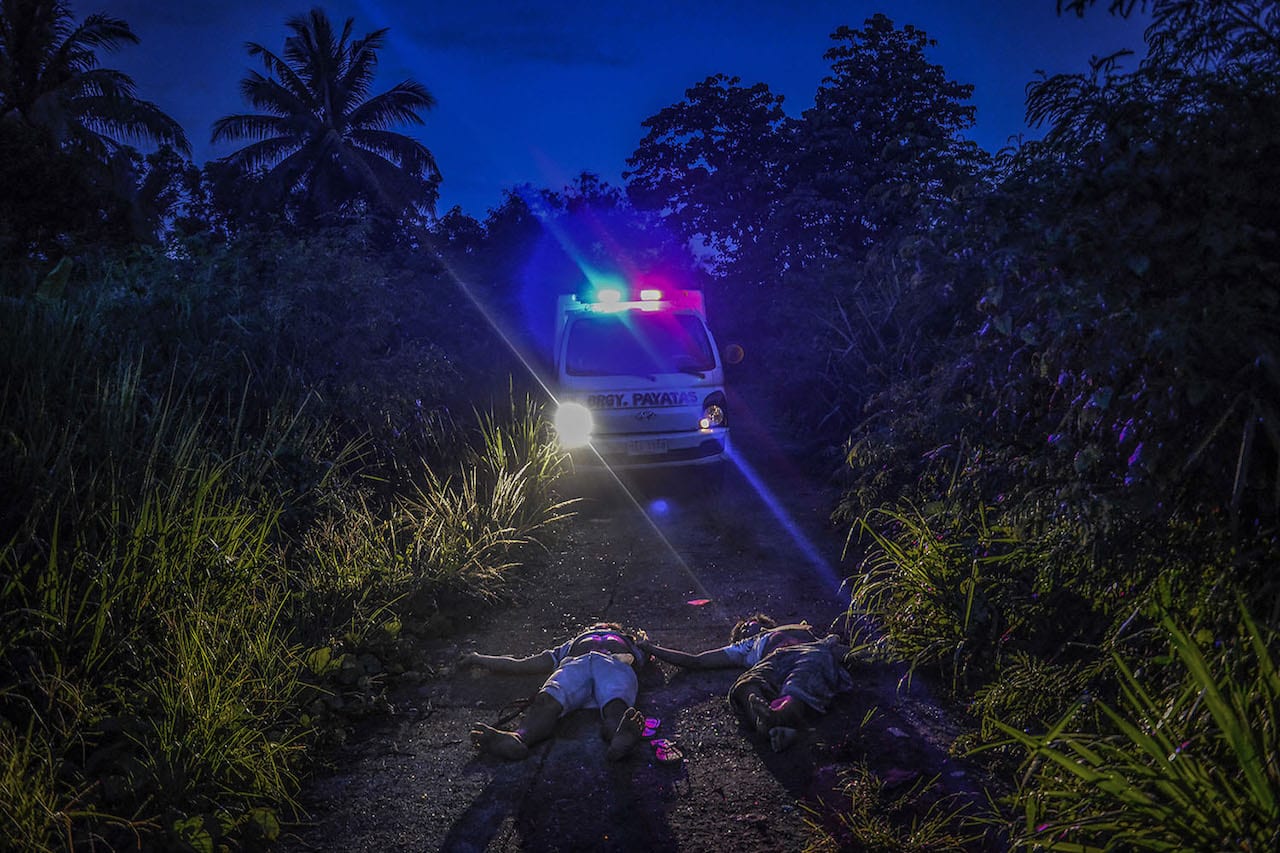
Born in 1993 in the Philippines, Ezra Acayan has won the 2018 Ian Parry Scholarship Award for Achievement for his series Duterte’s War On Drugs Is Not Over, which records the fall out from the war on drugs which President Rodrigo Duterte announced in 2016.
Threatening those connected to drug consumption and sales with the death penalty, Duterte urged members of the public to kill suspected criminals and drug addicts, and allowed the police to act with brutality. In the two years since, an estimated 20,000 people have been murdered and a state of emergency has been declared. The United Nations has appealed to the Philippine government to investigate extrajudicial killings and to prosecute the perpetrators, while the International Criminal Court has announced preliminary examinations into killings linked to the campaign.
Tough and hard-hitting, Acayan’s images aim to “illuminate the violent acts carried out in the Philippines as well as the questionable methods of Duterte and the police”.
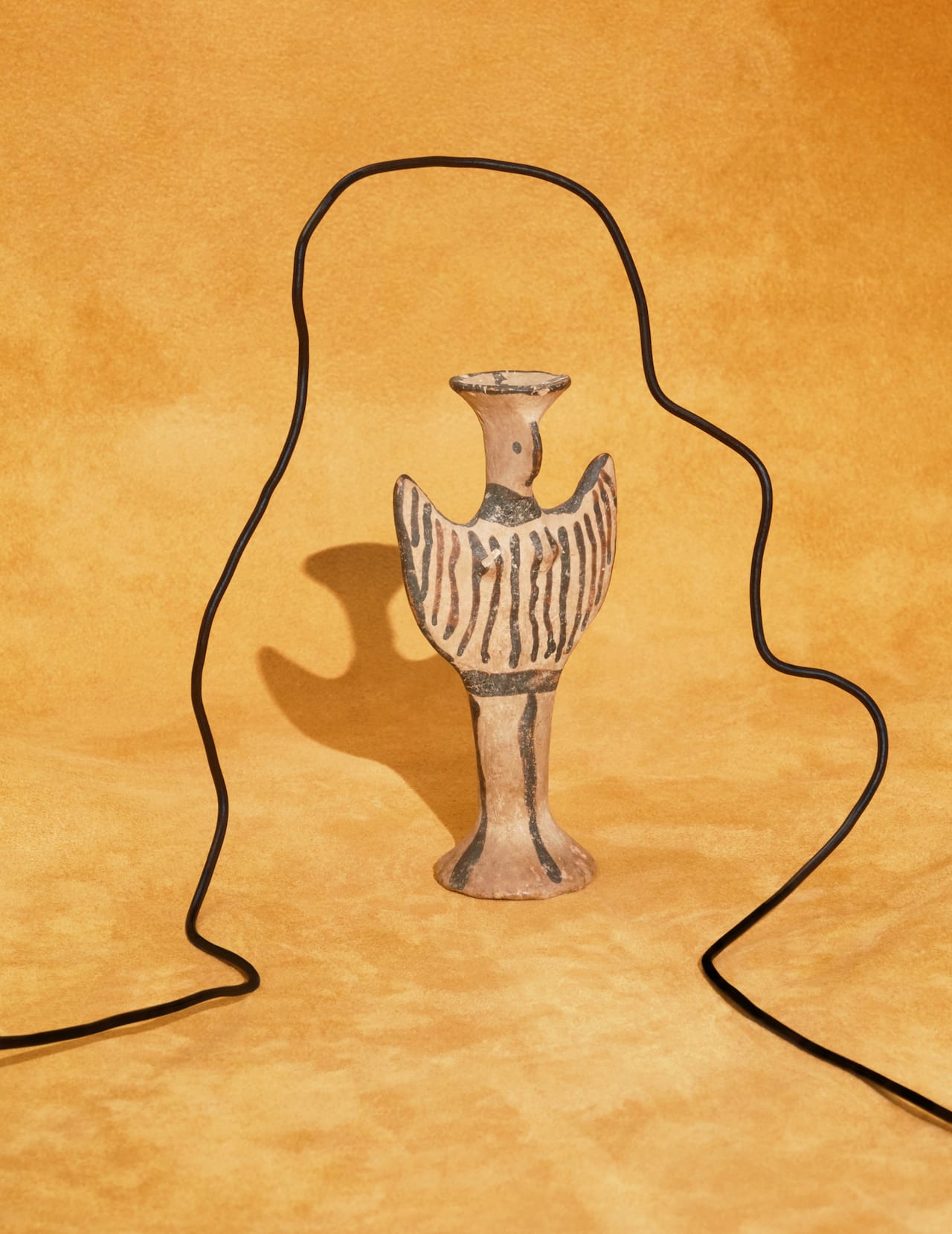
Born in the Eastern Bloc, Adrian Samson has lived in the US and Canada but is now based in London, where his appealing, contemporary work has won him commissions from clients such as Hermes, Miu Miu, COS, Vogue Hommes International, Numero Berlin, Wallpaper*, The Plant, The Gourmand, and The New York Times. His latest project is a shoot for the Frieze Art Fair, which opens in London from 04-07 October, and which saw him handling ancient and modern artefacts taken from the Frieze Masters section. His images will be presented in Frieze’s newspaper for its well-respected event, which includes a talk by Nan Goldin on 06 October and a presentation of work by emerging Polish photographer Joanna Piotrowska.
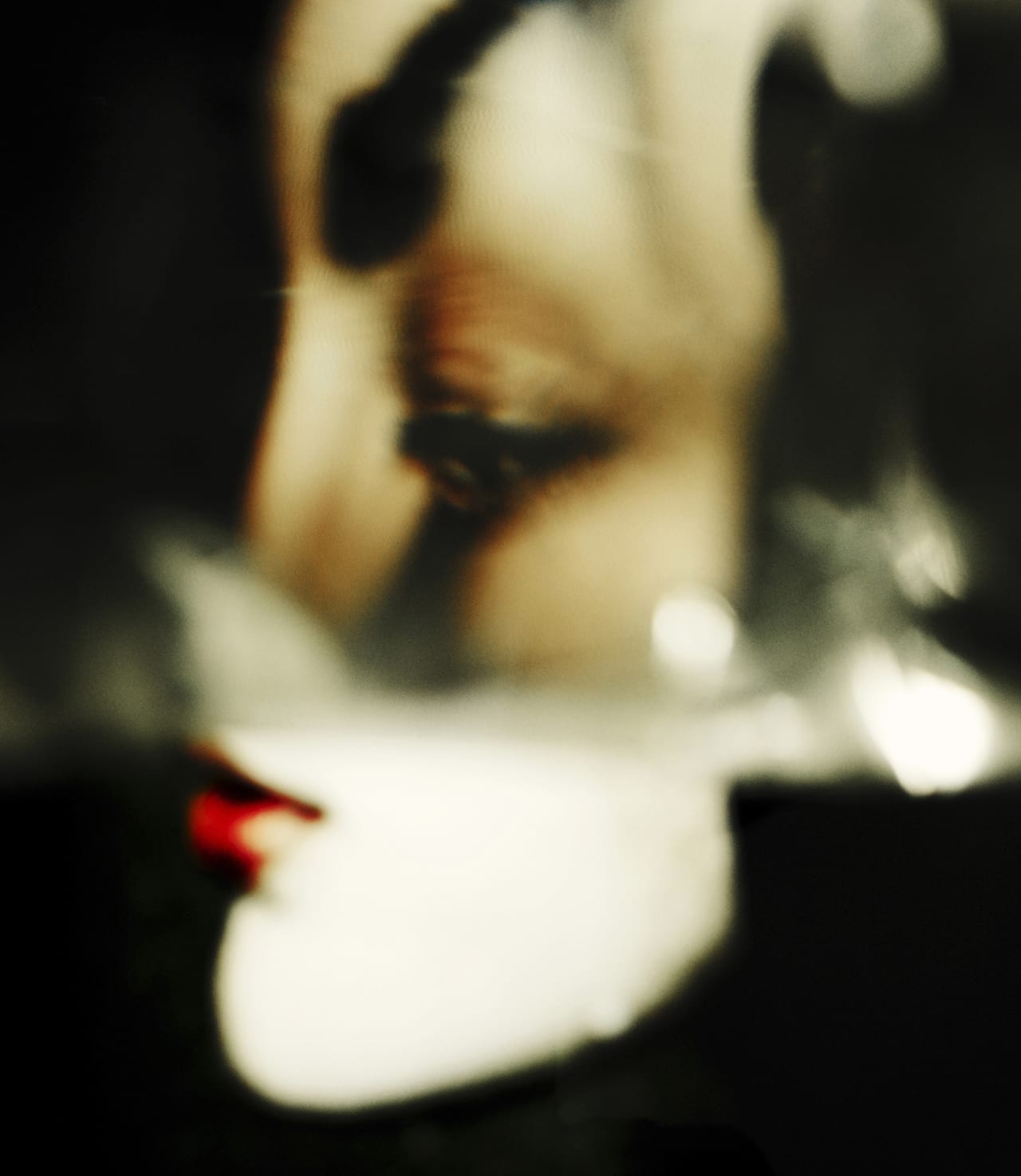
“I recently did a talk for students and none of them were taking any pictures or trying things out,” says Jack Davison, a self-taught photographer from Essex, and one of BJP’s Ones To Watch talents in 2016. “They were all writing down ideas and planning projects, but not shooting. I kept telling them, ‘You need to make all your mistakes now, before you start showing people’.”
Growing up, his dream was to become a marine biologist, and when it came to choosing a degree subject, he opted for English literature and the University of Warwick. But he was also interested in photography and, curious about the trend for sharing photographs online, grew his Flickr profile and developed his technique all the way through his studies. “Experimenting is a big part of my work,” he says.
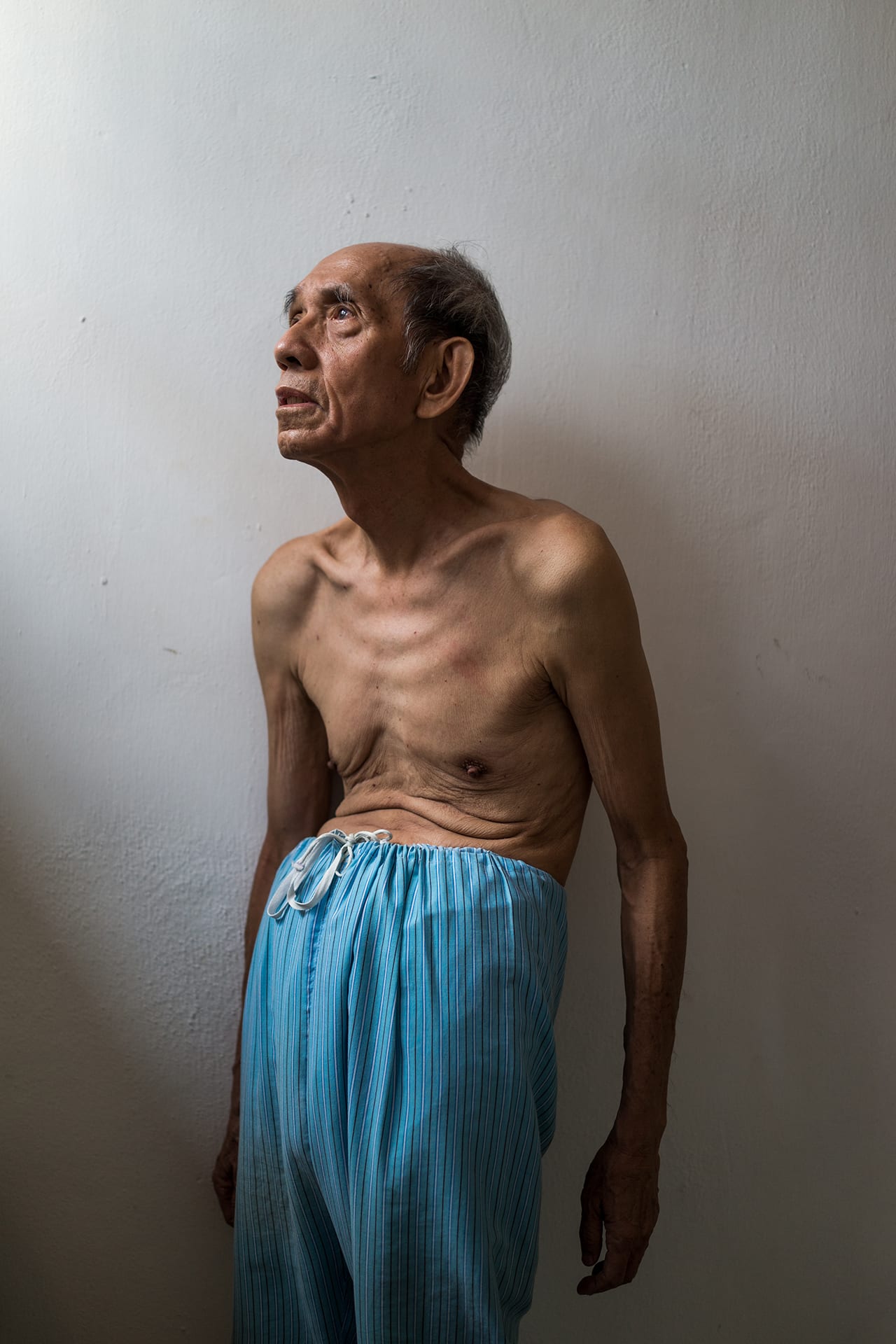
It’s disconcerting to think how years of work and effort, of countless hours spent practising and honing a skill, can be wrenched away from any of us in just a few minutes of misfortune. It’s also, for any of us used to good health, troubling to consider how reliant we are on the basic functionality of our bodies. A photographer, for example, needs to be able to hold a camera, to have the strength to frame a shot and time the click of the shutter in the heat of the moment. Shorn of that basic ability, what are we left with? Early one morning in May 2015, Sim had to face that exact question.
She was on assignment for a French newspaper, travelling to the Tumen Economic Development Zone, a government-owned complex of Chinese factories on the edge of the border with North Korea. Tumen employed North Korean labourers who, with state sanctioning, would be sent to live and work in the economic zone. The brief was to capture how North Korea and China trade. This place seemed like the perfect microcosm for that complex relationship – the makings of great pictures.
Entering Tumen with her driver and colleagues from Le Monde, she failed to spot a sign that read: “No smoking, photography, or practising driving”. As they approached the factories, the car passed a small group of women in black jumpsuits, knelt by the roadside picking weeds from the ground. Sitting in the driver’s seat with the window wound down, Sim instinctively raised her camera and fired off a couple of shots. “Almost immediately, the women turned around, ran towards the cab, and reached into the car,” she wrote in an article for ChinaFile, recounting events.
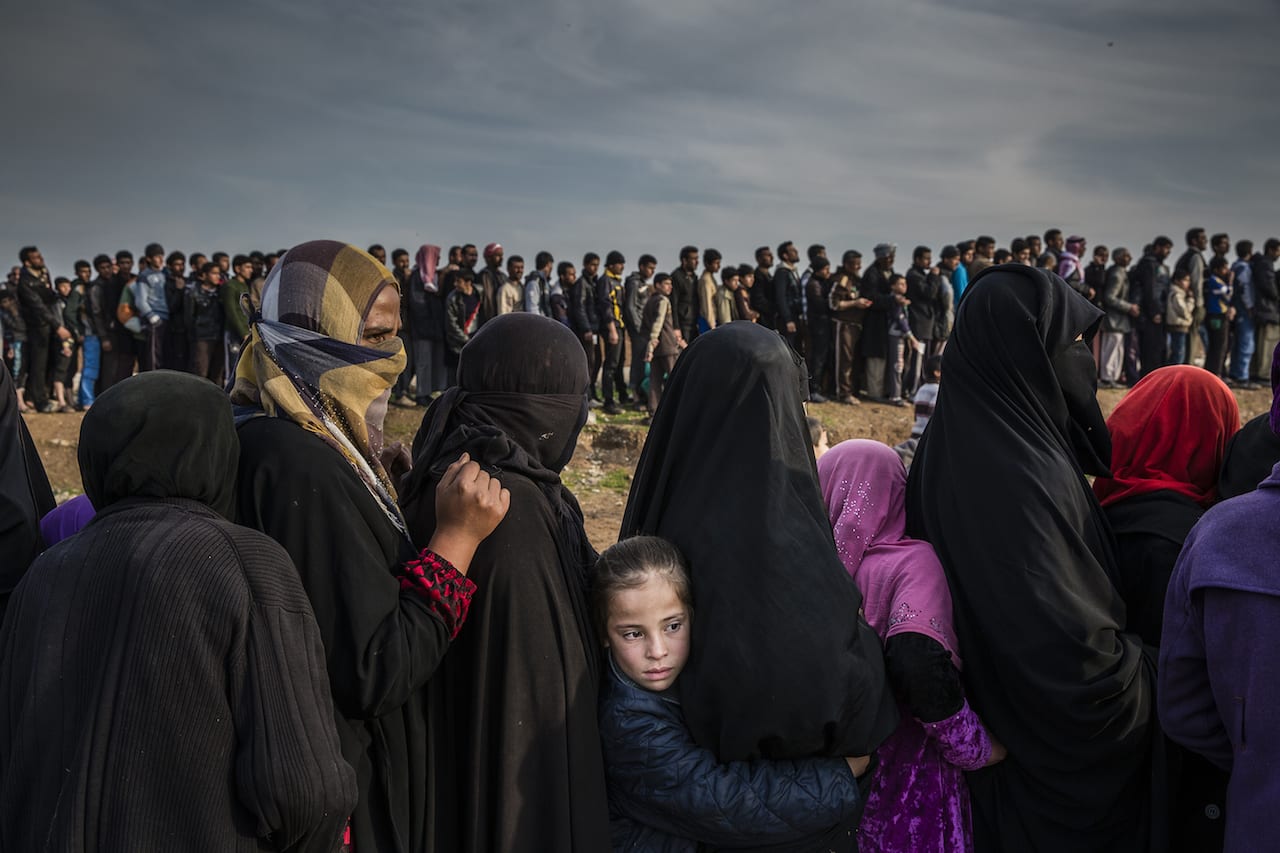
“It’s crazy, I can’t believe it,” says Ivor Prickett, of his two nominations for the World Press Photo of the Year award. “Out of a line up of six, to have two images seems insane considering the amount of great work being produced last year. I can’t quite believe it.” He’s on the phone from Iraq where he’s headed back back to Mosul, the city he’s been photographing for well over a year. Iraq’s second biggest city, Mosul was taken by ISIS militants in June 2014; in October 2016 Iraqi troops began a major offensive to regain the city, the largest military operation since the 2003 invasion of Iraq, and Prickett joined them right away. Originally from Ireland, he’s been based in the Middle East since 2009 and says that “as a reporter in the region, I couldn’t help but cover it”.